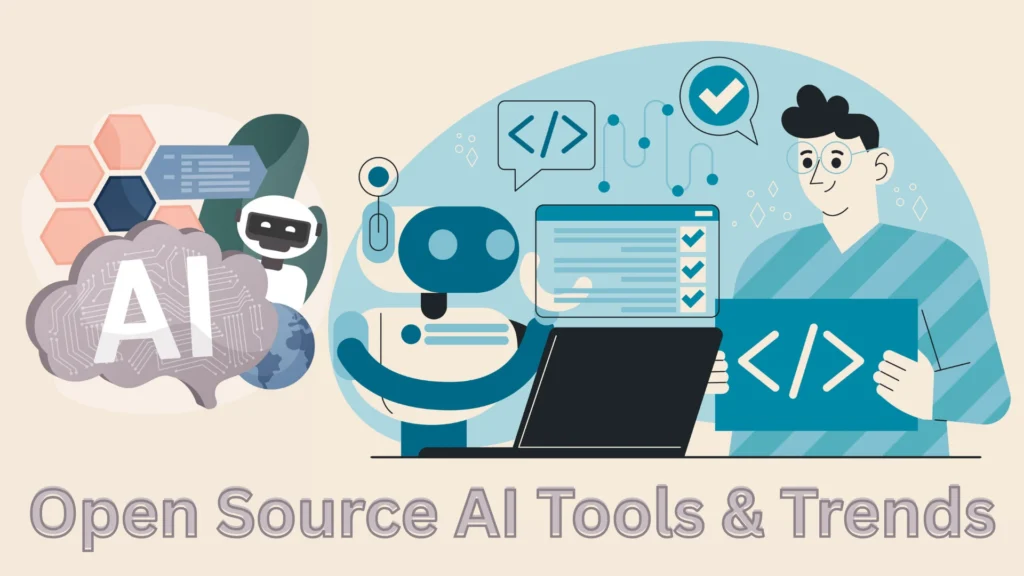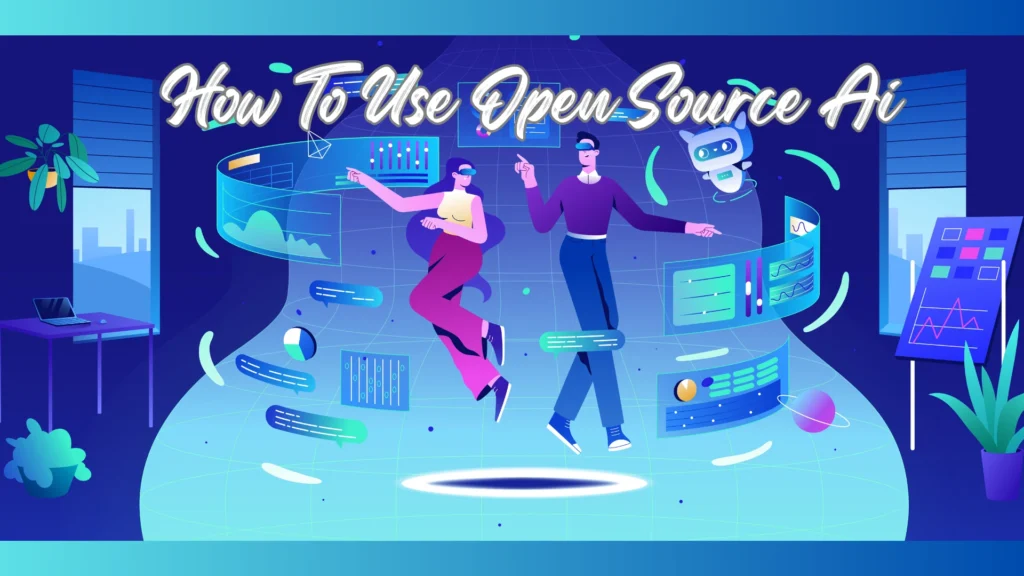Open source AI is rapidly gaining attention as organizations and developers worldwide seek efficient and transparent AI solutions. Closed-source models often come with high costs, limited customization, and hidden biases. In contrast, open source AI provides a powerful alternative, offering accessible code, model weights, and thriving community ecosystems under permissive licenses. This article presents a comprehensive, original overview—ready to publish as-is.
What Is Open Source AI?
Open-source AI refers to artificial intelligence models, frameworks, tools, and datasets released under licenses like Apache 2.0, MIT, GPL, or BSD. Such releases include not just the trained model weights but also the source code, training pipelines, and documentation, to ensure full inspectability, customization, and redistribution.
This open approach empowers developers and businesses to:
- Audit model behavior for bias and accuracy
- Adapt architectures and fine-tune models for niche tasks
- Deploy models in any environment—cloud or on-premise
- Share enhancements bidirectionally across global communities
Examples include Meta’s LLaMA, EleutherAI’s GPT-NeoX and GPT-J, Mistral, Falcon, and BLOOM.

Key Benefits of Open Source AI
1. Transparency & Ethical Assurance
Anyone can examine an open-source model’s training data, architecture, and inference logic. This reduces the risk of hidden biases or malicious behavior.
2. Cost-Effectiveness
Open-source models are free to use. Costs are limited to computing and storage. No vendor pricing—ideal for startups and budget-conscious teams.
3. Customization & Control
Full access to code and configurations means you can fine-tune models for local languages, vertical domains, or offline usage. No restrictions on architectural or data modifications.
4. Community Innovation
Vibrant ecosystems (e.g., Hugging Face, GitHub) foster contributions that drive rapid iteration—new features, bug fixes, performance optimization—often faster than proprietary options.
5. Vendor Independence
Avoid vendor lock-in and recurring fees. If one provider changes policies, you retain full model control.
Challenges to Consider
1. Technical Complexity
Setting up, fine-tuning, and deploying open-source AI models requires technical expertise. Teams need DevOps, ML, and infrastructure skills.
2. Security and Misuse Risk
Open access can lead to malicious actors modifying models for harmful use. Oversight is the user’s responsibility.
3. Community-Driven Support
Support depends on open-source communities. While responsive at times, it may lag behind professional help offered by commercial vendors.
4. Resource Demands
Large models require substantial compute power, especially during training or fine-tuning.
5. Fragmentation & Licensing
Projects vary in quality; licenses may impose constraints (e.g., share-alike terms).
How to Use Open Source AI
- Choose a framework: TensorFlow or PyTorch
- Select a model: e.g., GPT‑NeoX, LLaMA, Stable Diffusion, or Google’s Gemini CLI agent (command line)
- Install tools:
bashpip install torch transformers - Load & test:
pythonfrom transformers import pipeline generator = pipeline("text-generation", model="EleutherAI/gpt-neo-125M") print(generator("Hello world", max_length=50)) - Fine‑tune: Integrate domain-specific datasets
- Deploy: Use FastAPI, Gradio, or ncurses apps; deploy on cloud or on-premise
- Maintain: Track community updates and security patches

What’s New: Gemini CLI
On June 25, 2025, Google released Gemini CLI—a free, open-source AI agent that integrates the Gemini 2.5 Pro model into the developer terminal.
Key features of Open Source AI:
- Fully open-source under Apache 2.0
- Free personal usage: 60 requests/minute, 1,000/day
- Powered by Gemini 2.5 Pro with a massive 1 million-token context window
- Can read/write code, execute commands, fetch web content, research, generate multimedia, and support automation tasks
- Extensible through Model Context Protocol (MCP), external tools, and custom plug-ins
- Acts in-terminal: inspectable, auditable CLI-based agent for DevOps and development
This revolutionary integration reduces context switching, boosts workflow productivity, and democratizes AI coding tools.
Open Source vs. Proprietary AI: A Quick Comparison
| Feature | Open‑Source AI | Proprietary AI (e.g., GPT‑4, Gemini API) |
| Code Access | Full (weights, code, data) | None; black-box API only |
| Customization | Unrestricted | Limited to prompts or pre-approved fine-tuning |
| Cost | Compute-only; no license fees | API subscription/usage fees |
| Transparency | High; fully auditable | Low; no insight into internals |
| Support | Community-driven | Dedicated support plans |
| Security | User-managed safety | Provider-enforced protocols |
| Flexibility | Host anywhere (cloud, edge, offline) | Always cloud-bound |
Pros & Cons
Here are the key advantages and disadvantages of using open-source AI that every developer or organization should consider before implementation:
Pros
- Complete ownership and auditability
- No vendor lock-in or license dependency
- Adaptability to diverse domains and on-prem needs
- Innovation fueled by global contributors
Cons
- Requires technical setup and maintenance
- You assume responsibility for moderation and patching
- Performance and usability may lag behind top-tier proprietary tools
FAQs
Q1. Are model weights alone “open”?
No. They must be accompanied by source code, architecture, and training transparency to be truly open-source.
Q2. Can I deploy models offline?
Yes. Tools like Stable Diffusion, LLaMA derivatives, GPT‑NeoX, and Gemini CLI support local deployments.
Q3. Which licenses are acceptable?
Use OSI-approved licenses, such as Apache 2.0, MIT, or GPL. Double-check model-specific terms.
Q4. Is open source AI secure?
Transparency enables scrutiny—but also exposes vulnerabilities. You control maintenance and patching.
Q5. Who uses open source AI?
Community-led and enterprise users rely on it. Younger developers especially trust open-source models for learning and deployment.
Conclusion
Open source AI offers unmatched transparency, adaptability, and cost-efficiency. The release of tools like Gemini CLI highlights a turning point: even top-tier proprietary models are going open-source. While setup and maintenance require technical investment, the payoff in ethical control, domain alignment, and long-term savings is substantial.
If you have the expertise to self-manage AI infrastructure, open source AI is your avenue to innovation without boundaries. With capabilities like deep search, data analysis, and model interpretability, open platforms empower users at every level. Hybrid approaches—combining open models with selective proprietary APIs—can also yield the best of both.
